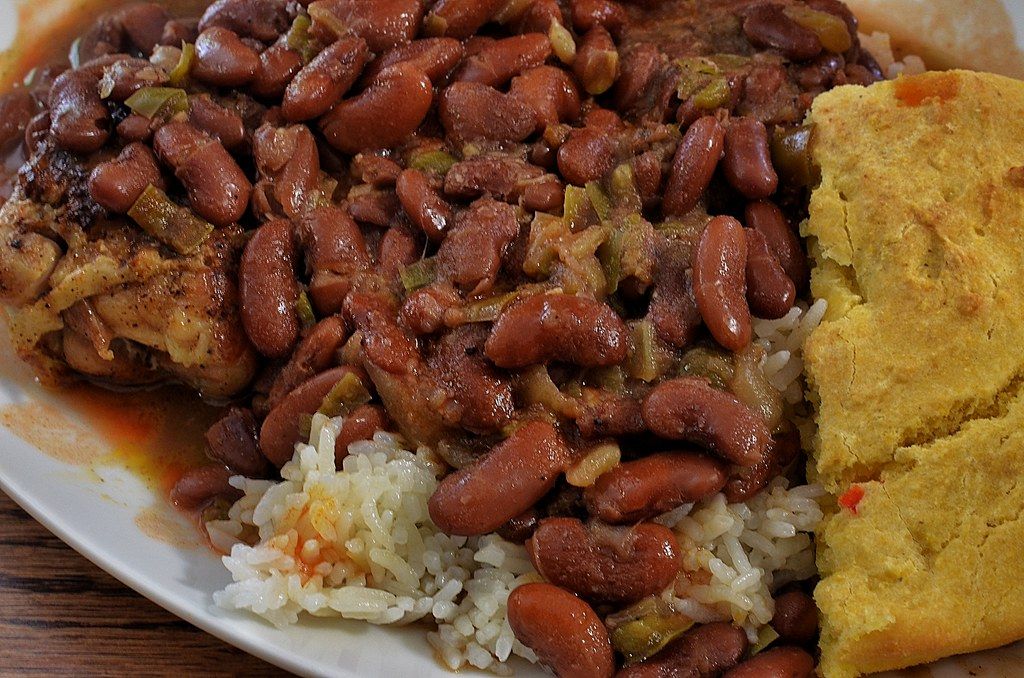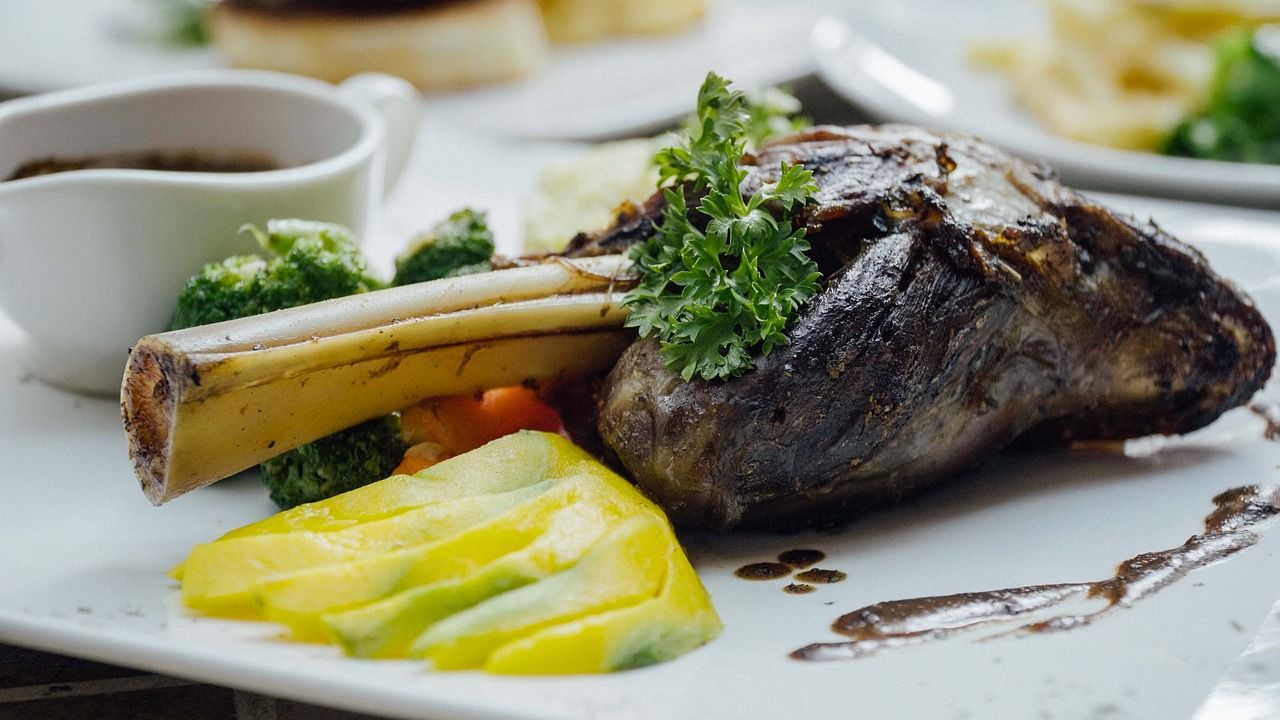
A profound demographic shift has been quietly reshaping the American landscape, as a new wave of migration, sparked by the recent global pandemic, has seen countless individuals and families exchange the hustle of larger cities for the perceived tranquility and often more affordable realities of rural and small towns. This movement is not merely a residential relocation; it signals a fundamental evolution in consumer sentiment and market dynamics, one that fast-food and other quick-service restaurants (QSRs) are increasingly recognizing as a fertile ground for unprecedented expansion.
This evolving preference for smaller communities presents a compelling, albeit complex, new frontier for businesses. Major coffee brands and other well-known QSRs have explicitly emphasized these areas in their recent growth plans, drawn by a confluence of benefits that make such expansion economically attractive. Business leaders point to tangible advantages such as cheaper rent and significantly reduced labor costs, which together can offer a more favorable operating environment compared to saturated urban centers. The strategic pivot towards these previously underexplored markets is not merely opportunistic; it reflects a deep understanding of where the American consumer is choosing to live and how they wish to dine.
Indeed, as urban centers once stood as the quintessential hubs for successful restaurant growth, this cultural shift unequivocally positions small towns and rural areas as the ‘renewed frontier’ for the fast-food and QSR industries. This article delves into the intricate mechanisms and multifaceted considerations underpinning this strategic reorientation, examining the push factors from migrating populations, the pull of new market opportunities, and the operational complexities that define this exciting, yet challenging, era of expansion. We will explore the innovative solutions being deployed and the strategic partnerships being forged, all against the backdrop of communities striving to balance economic growth with local character.

1. **The Rural Migration and QSR Opportunity: How Demographic Shifts Drive New Market Expansion**The narrative of American migration has seen a significant turning point, with the pandemic acting as a catalyst for a distinct movement away from dense urban environments towards the allure of rural and small towns. This demographic redistribution has brought with it a fresh demand for conveniences and services that were once predominantly associated with larger cities, creating an undeniable opportunity for quick-service restaurants.
As more Americans opt for a lifestyle in these less populated areas, their established dining habits and preferences for accessible, efficient food options travel with them. This evolving consumer sentiment is a key driver for fast-food and QSRs to acknowledge and actively pursue expansion into markets that might have been overlooked in prior growth cycles. The very fabric of small-town life is being re-evaluated through the lens of modern consumer demand, presenting a unique moment for industry leaders.
From a business perspective, the incentives for QSRs to tap into these emerging markets are substantial and clear. Beyond the burgeoning customer base, rural and small-town areas offer compelling financial advantages that significantly enhance the viability of new ventures. Cheaper rent and reduced labor costs are frequently cited by business leaders as critical factors making these locations attractive for sustainable growth, offsetting potential differences in sales volume compared to high-traffic urban areas.
Moreover, this migration presents a dual opportunity: not only can QSRs establish entirely new presences, but they can also revitalize existing community infrastructure. The strategy includes both retrofitting existing structures on main streets and constructing new restaurant locations. This flexibility allows businesses to integrate into the local landscape while also shaping it, ensuring that their expansion is both practical and aligned with modern operational needs.
Ultimately, this cultural shift towards rural living, coupled with the inherent benefits for businesses, positions small towns and rural areas as the vital ‘renewed frontier’ for the fast-food and QSR sectors. It represents a strategic imperative for companies seeking incremental growth avenues in a market increasingly saturated in metropolitan locales, responding directly to where consumers are choosing to build their lives.

2. **Drive-Thru Dominance: Adapting to Post-Pandemic Consumer Behavior and the Critical Role of Drive-Thrus**
One of the most profound and lasting impacts of the pandemic on the fast-food industry has been the accelerated shift in consumer dining behavior, specifically a pronounced decrease in time spent in-store. This pivot has solidified the drive-thru as not just a convenient option, but often the preferred, and sometimes exclusive, mode of interaction for many American fast-food patrons.
Research into these evolving dining habits clearly demonstrates a strong consumer preference for restaurants offering drive-thru services. The data is compelling, indicating that when presented with a choice between two locations of the same business, consumers consistently favor the one equipped with a drive-thru. This preference extends beyond mere availability; there is a distinct inclination towards locations that can also boast sufficient drive-thru capacity, reflecting a desire for both speed and efficiency.
This robust demand for drive-thru service offers a significant strategic advantage for QSRs expanding into rural and small-town areas. These markets provide ample opportunity to develop new restaurant locations specifically designed to complement post-pandemic consumer behavior, with a strong emphasis on vehicular access. Furthermore, existing structures on main streets can be retrofitted to incorporate or enhance drive-thru capabilities, ensuring businesses can adapt to this prevailing trend.
Therefore, understanding and catering to this drive-thru dominance is not merely a matter of convenience; it is a fundamental pillar of successful expansion in the current climate. Restaurants that prioritize and optimize their drive-thru offerings are best positioned to capture the loyalty of consumers who increasingly value efficient, contactless service, making it a non-negotiable feature for modern fast-food operations.

3. **Zoning and Infrastructure Hurdles: Navigating Existing Community Layouts and Regulatory Environments for Drive-Thru Expansion**
The strategic push by fast-food and QSRs into small towns, while promising, is not without its intricate challenges, particularly concerning existing community infrastructure and zoning regulations. The sudden influx of new residents, coupled with an increased reliance on drive-thru services, can place unforeseen strains on established road networks and traffic patterns, often designed for a slower pace of life.
These strains can manifest in various ways, from congested intersections to sidewalks and bike paths becoming unexpectedly blocked by queuing vehicles. Such issues not only disrupt local traffic flow but can also compromise pedestrian safety and the overall quality of life within these communities. This tension highlights the delicate balance between commercial growth and preserving local charm and functionality.
In response to these potential disruptions, municipal leaders in some areas have actively sought to limit or even outright ban new drive-thru locations, perceiving them as threats to community aesthetics or existing infrastructure. These attempts, however, can often be preempted or mitigated through proactive engagement and collaboration with local community leaders.
The path forward often involves strategic partnerships to develop new traffic patterns, improve pedestrian access through thoughtful urban planning, and strategize innovative ways to reduce overall traffic congestion. Where existing zoning regulations pose obstacles to fast-food restaurant expansion, QSRs must commit to working alongside local leaders to revise or repeal these regulations, fostering a mutually beneficial outcome. Furthermore, the increased traffic in shared spaces between vehicles and pedestrians heightens the risk of accidents. Therefore, comprehensive pre-planning is paramount to minimize driver-pedestrian incidents in proposed drive-thru areas, ensuring safety is integrated into the design from the outset.
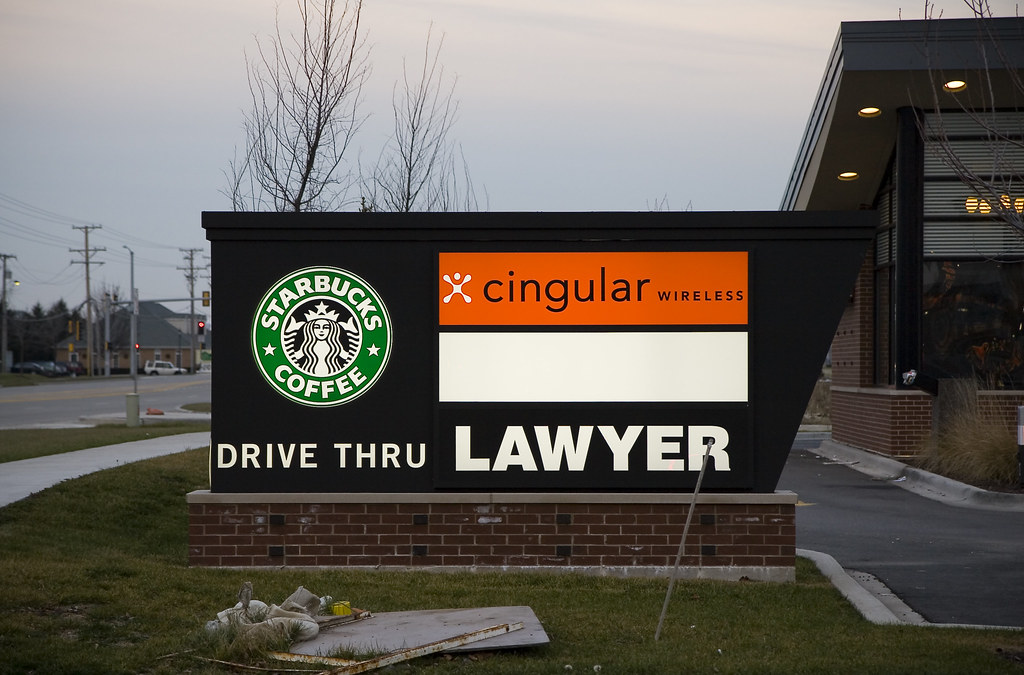
4. **The Quest for More Space: The Modern Drive-Thru’s Demand for Larger Vicinities and Innovative Store Concepts**
The contemporary drive-thru experience has transcended the simplistic model of a single lane and a lone point of sale, evolving dramatically in response to consumer demands for heightened convenience and efficiency. This shift necessitates a rethinking of the physical footprint required for successful QSR operations, particularly in the context of expanding into new, often smaller, markets.
Consumers are now actively seeking more streamlined and rapid service, which translates into a strong preference for multi-lane drive-thrus, featuring two or even three distinct lanes, alongside dedicated queues for mobile order pickups. Industry experts are unanimous in their assessment that this trend is not a fleeting one; rather, it is expected to intensify and become a permanent fixture of the fast-food landscape, dictating future design and operational standards.
This evolution carries significant implications for fast-food restaurants and other QSRs in their expansion efforts. To accommodate these expanded drive-thru options, businesses are compelled to secure parcels of land that offer considerably more space than was traditionally required. The days of shoehorning a new establishment onto a small lot are largely over, replaced by a strategic need for larger vicinities capable of managing increased vehicle flow and dedicated digital order collection points.
In response, several leading chicken and burger brands have proactively introduced innovative store concepts and prototypes. These designs are meticulously engineered to maximize consumer car access and throughput, ensuring speed and convenience, while simultaneously minimizing the dine-in footprints of their establishments. This strategic compression of interior dining areas, balanced with an amplification of external drive-thru capabilities, exemplifies the industry’s adaptation to an increasingly mobile and efficiency-driven customer base.

5. **Untangling Rural Supply Chains: Overcoming Logistical Complexities in Remote Markets**The fast-food industry, even in its most established urban and suburban settings, is no stranger to the intricate challenges posed by supply chain constraints. However, the pivot towards operating in rural locations introduces a fresh layer of complexity, significantly intensifying these logistical hurdles. These remote markets can be inherently difficult for suppliers to access both easily and quickly, creating a precarious situation that is exacerbated during periods of global shortages.
Successfully navigating these challenges demands a high degree of creative thinking, robust contingency planning, and the cultivation of strategic partnerships. The traditional, linear model of supply chain management often falls short in these less accessible areas, requiring QSRs to adopt more agile and localized approaches to ensure consistent product availability and operational stability.
One effective strategy involves leveraging advanced data systems to meticulously track local consumer purchasing behavior. By gaining granular insights into what local customers are buying and when, restaurants can better anticipate demand fluctuations. This data-driven approach allows for more precise planning, particularly when the availability of supplies might be limited or subject to unexpected exhaustion, enabling proactive ordering and inventory management.
Additionally, industry experts consistently recommend that restaurants proactively identify and cultivate relationships with alternative suppliers whenever possible. While the inherent constraints of rural and small-town markets mean that these alternative suppliers should primarily serve as a contingency plan rather than a core supply chain strategy, their existence offers a crucial buffer against disruptions. This diversification of sourcing reduces reliance on a single, potentially vulnerable, supply line.
Finally, a particularly innovative and community-centric approach for fast-food restaurants in rural and small towns is to explore partnerships with local farming industries. These local producers often form the economic backbone of rural communities, and by leveraging them as suppliers, restaurants can foster mutual support. A major salad QSR has already demonstrated notable success in establishing a network of local suppliers for its menu options, illustrating a viable and beneficial model for integrating with the local economy and bolstering supply chain resilience.
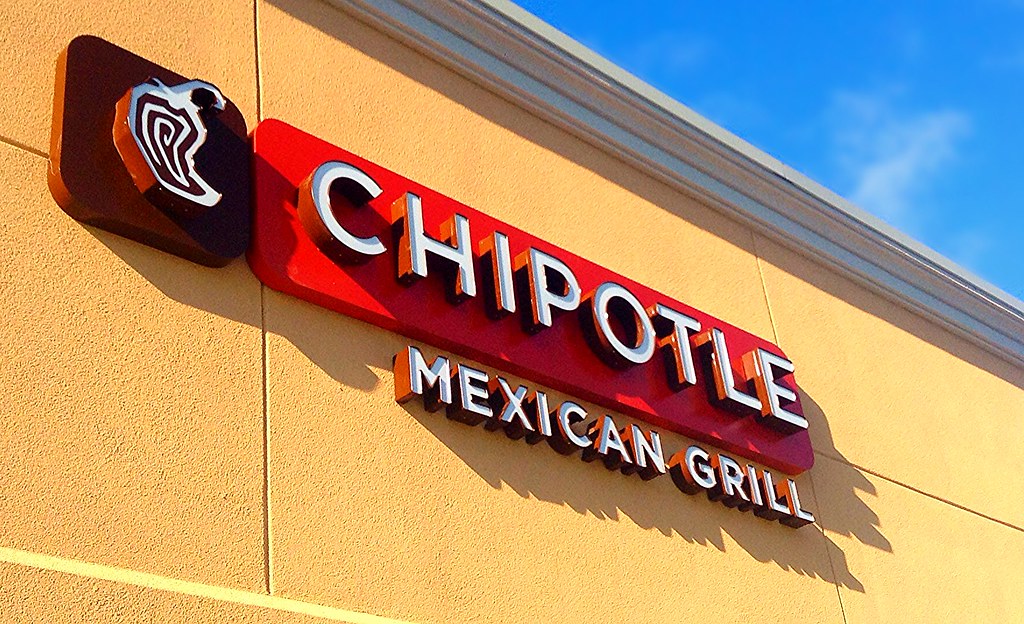
6. **The Pandemic’s Silver Lining for Chains: How COVID-19 Created ‘Whitespace’ for National Operators**
The COVID-19 pandemic, while a period of immense challenge for the global economy, inadvertently created a unique and strategic advantage for better-funded national restaurant chains, particularly within the nascent markets of small towns. While independent restaurants and smaller chains, often already struggling, were severely impacted by the economic fallout and operational restrictions, a significant ‘gap’ or ‘void’ was left in the dining landscape.
This unfortunate consequence for local, independent establishments presented a crucial ‘whitespace’ for expansion for well-capitalized operators like Chipotle. Previously, many small towns might have had limited branded dining options, often restricted to a lone Subway or a burger franchise tucked inside a gas station. The pandemic’s disruption cleared the way for a more diverse and robust entry of national brands, filling the void left by closures.
Mike Esposito, co-managing partner at Franchise Equity Partners, has closely observed this trend, attributing it to a confluence of factors. He notes a general saturation of restaurant concepts within larger chains in urban and suburban areas, pushing them to seek incremental growth avenues elsewhere. Small markets, in this context, suddenly became far more favorable and strategically important for expansion.
Esposito articulates that these chains are now actively utilizing this ‘whitespace’ for development in smaller markets, a direct response to the opportunities presented by Covid-related closures. This strategic pivot allows them to establish a presence in communities eager for new dining options, effectively revitalizing main streets and commercial areas that had seen a decline in local eateries. The vacuum created by the pandemic thus became an unexpected catalyst for a new wave of corporate restaurant growth in rural America.
Crucially, the economics of small-town expansion further buttress this strategic move. Cheaper operational costs, encompassing both land and labor, help national corporations to offset potentially lower sales volumes compared to their high-traffic suburban counterparts. This financial advantage renders small-town markets not just viable, but increasingly attractive for sustained, profitable growth, completing the business case for this significant industry shift.

7. **The Mattoon Miracle: A Local Eatery’s Triumph Against a Fast-Food Giant**Amidst the broad narrative of fast-food expansion, a small Illinois town offers a compelling counter-story, one where a local establishment valiantly defended its identity against a global titan. Mattoon, Illinois, is home to a unique legal saga, where the ‘Original Burger King’ — a family-owned restaurant — has successfully kept the fast-food giant at bay for decades. This serves as a powerful testament to community resilience and the enduring spirit of local enterprise.
This quirky David-and-Goliath tale began in 1957, two years before the national Burger King chain established a presence in Illinois, when Gene and Betty Hoots opened their eatery. By 1967, the Miami-based corporation had expanded significantly, with 50 stores across the state, including one just 40 miles from Mattoon. Unfazed, the Hoots took the fight to court in 1968, asserting their trademark rights to the name in their local market. A federal judge ultimately ruled in their favor, imposing an ironclad 20-mile ban around Mattoon, prohibiting the fast-food corporation from operating there, a restriction that remains firmly in place today. Even a substantial $10,000 buyout offer from the corporate entity was met with a firm refusal, as Betty Hoots famously recalled, “We told them to get lost.”
Their legal victory, known as Hoots v. Burger King, quickly became a landmark case in intellectual property law, captivating the attention of legal scholars and finding its way into university curricula, including at Columbia University. The Hoots’ daughter-in-law even recalled her astonishment when her professor dissected the very case her family had fought. This “little fight,” as Betty put it, indeed turned into a significant legal precedent, underscoring the power of local rights under the Lanham Act, which shields trademark owners from unauthorized use.
Today, the Original Burger King continues to thrive on Mattoon’s main thoroughfare, now owned by longtime manager Ernie Drummond and his wife, Jodi. They consistently serve fresh, never-frozen burgers, embodying a distinct small-town charm that resonates deeply with their clientele. Customers consistently praise the “fast, friendly service” and, of course, the “great story” behind the establishment, ensuring its status as a beloved local fixture, while the global Burger King empire, despite its nearly 19,000 worldwide locations, still respects the unique boundary set by Mattoon’s determined residents.
8. **Beyond Bans: The Spectrum of Land-Use Policies Shaping Food Environments**While Mattoon represents a unique, legally contested ban, communities nationwide employ a broader spectrum of land-use policies to regulate fast-food establishments. These strategies are often proposed as a promising, albeit controversial, approach to fostering healthier community food environments. Public health advocates, responding to concerns like rising obesity rates, increasingly suggest that zoning and other land-use tools can effectively limit the number or location of businesses selling unhealthy food, or even ban them outright.
Local governments possess the authority to implement diverse land-use policies to control the presence of fast-food restaurants. While some measures are explicitly public health initiatives aimed at improving community nutrition, a significant number of restrictions are enacted with alternative rationales. These often include protecting local aesthetics, preserving the unique character of a town, or supporting the local economy. The application of these policies varies widely, reflecting distinct community values and priorities.
The array of land-use ordinances is quite comprehensive. They range from total bans on new fast-food outlets to partial prohibitions in specific zones. Communities might also impose moratoriums, temporarily halting new fast-food development, or implement quotas that cap the total number of restaurants. Further regulations can specify required distances between fast-food establishments or between these outlets and sensitive areas like schools. Beyond direct fast-food restrictions, policies limiting drive-thrus or “formula businesses”—chains with standardized branding and services—can also indirectly restrict fast-food presence, whether intentionally or not.
For instance, South Los Angeles, a low-income and racially diverse urban area, garnered significant attention in 2008 and 2011 for its health-motivated restrictions, banning new stand-alone fast-food restaurants to encourage healthier options. In stark contrast, Wellfleet, Massachusetts, a Cape Cod vacation town, employed similar legal mechanisms in 2011 to ban fast-food establishments, but their primary intent was to safeguard the town’s “unique character,” demonstrating the varied motivations driving these local decisions.
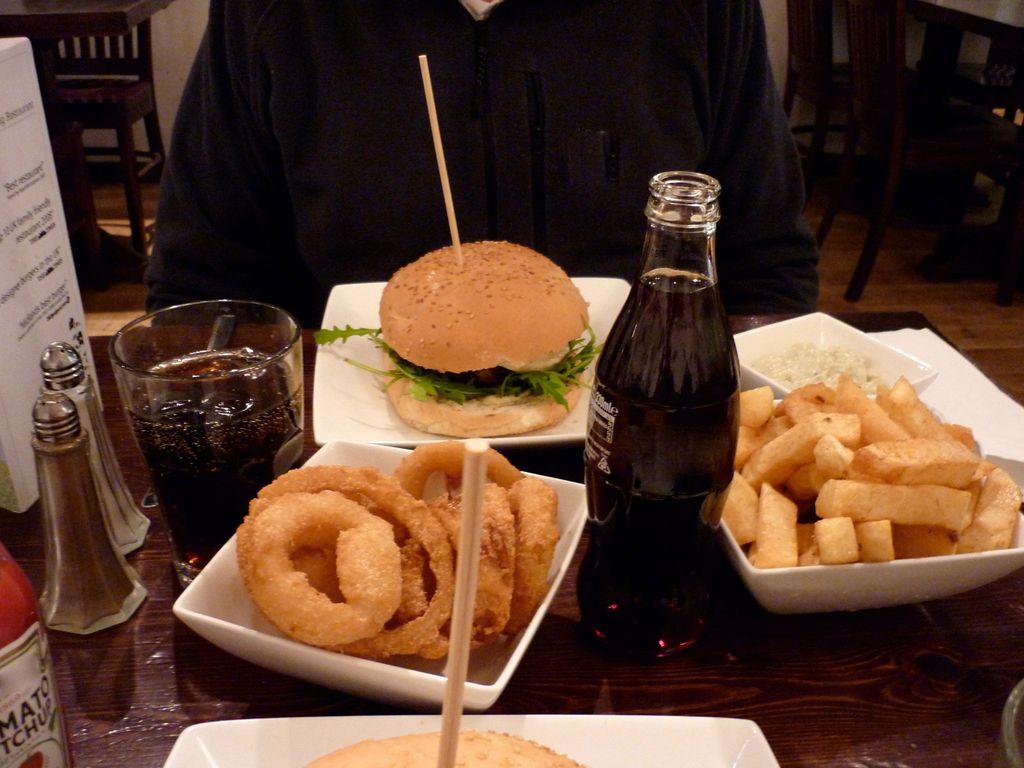
9. **Health vs. Aesthetics: Diverse Motivations Behind Fast-Food Restrictions**An in-depth analysis of fast-food land-use policy debates reveals a fascinating divergence in the motivations underpinning these community-led initiatives. Researchers who examined policies proposed between 2001 and 2013 across 77 U.S. communities found that the most common reason for proposing such restrictions was to protect community aesthetics, cited in 80 instances. This often reflected a desire to preserve a town’s distinct charm and prevent the visual homogenization that chain businesses can bring.
Beyond aesthetic concerns, other significant rationales frequently emerged. Policies were often supported for their potential to protect the local economy, cited in 61 instances, by favoring independent businesses over large chains. Improving the overall quality of life was another strong motivator, appearing in 53 instances, alongside arguments for enhancing community walkability, which was mentioned in 31 instances. These diverse considerations highlight a holistic approach to community planning, where commercial development is balanced against broader societal and environmental goals.
Conversely, nutrition-focused rationales, aimed at improving community health and preventing diet-related diseases like obesity and diabetes, were the least frequently cited purpose, appearing in only 20 instances. Despite this lower frequency, when health was the driving force, advocates articulated a clear vision, as demonstrated in San Jose, California, where proponents of a fast-food restaurant moratorium stated, “To reverse this [obesity] epidemic, we need to change our communities into places that strongly support healthy eating and active living.”
Interestingly, the study also uncovered substantial demographic and policy patterns influencing these debates. Communities with over 50% residents of color were significantly more likely to propose nutrition-focused land-use policies. In contrast, policies proposed in small towns or predominantly White communities tended to prioritize protecting community aesthetics or supporting local businesses. Moreover, policies driven by health concerns generally faced more criticism and were less successful in their implementation compared to those focused on aesthetic or economic preservation, underscoring the complexities and varying public acceptance of different policy rationales.

10. **Chipotle’s Small-Town Playbook: Harnessing Changing Tastes and Digital Innovation**Turning our attention to the proactive strategies of fast-casual giants, Chipotle stands out as one of the most aggressive in expanding its footprint into small towns. This strategic pivot is largely fueled by a confluence of evolving consumer preferences and compelling economic advantages. Small-town diners, traditionally accustomed to burgers and fries, are now increasingly seeking what they perceive as healthier options, aligning perfectly with Chipotle’s emphasis on “real, unprocessed foods, not fried things,” as noted by Chris Brandt, Chipotle’s chief brand officer.
Chipotle’s success in these burgeoning markets is underpinned by several unique features. The brand enjoys widespread acceptance and appetite for its cuisine, coupled with a scale that allows it to maintain competitive, affordable price points comparable to larger fast-food chains. A significant innovation, the “Chipotlane” digital order pickup format, has proven to be a game-changer. Eric Gonzalez, a restaurants analyst at KeyBanc Capital Markets, credits the Chipotlane with making small towns more accessible and affordable, by reducing operational expenses through cheaper land and labor, which often offsets potentially lower sales volumes compared to suburban counterparts.
Strategic site selection is also paramount to Chipotle’s small-town playbook. Brandt explains that the company meticulously evaluates locations based on specific criteria. They look for proximity to interstates and whether a town serves as a “hub of commerce” in its area, drawing traffic from surrounding regions—often indicated by the presence of major retailers like Walmart or Target. Towns with colleges are also considered an excellent fit. Bennington, Vermont, a town of 15,000, perfectly exemplifies this model, boasting a Walmart Supercenter and Home Depot, despite being 40 miles from the nearest interstate.
With plans to open another 3,500 stores in the coming years, a sizable percentage of which will be in small towns, Chipotle continues its ambitious expansion. The company actively seeks “places where we can be differentiated” and targets “food deserts where we have a community that wants what we have.” This aggressive strategy highlights a profound understanding of shifting demographics and evolving dining habits, positioning Chipotle as a pioneer in capturing the hearts and appetites of rural America.

11. **Cava’s Mediterranean Mission: Introducing New Flavors to Underserved Markets**Following in Chipotle’s footsteps, Cava, a brand specializing in Mediterranean-style fare, is also aggressively pursuing expansion into smaller markets. While attempting to replicate Chipotle’s successful playbook, Cava faces a distinct challenge: introducing a cuisine that may be less familiar to small-town residents than the well-established Mexican flavors offered by its predecessor. Despite this, Cava remains confident in its mission to popularize Mediterranean food for a new audience.
Cava’s entry into these markets is driven by a similar insight into consumer behavior. Co-founder and CEO Brett Schulman emphasizes that these markets were “underserved to begin with, as people are craving more interesting food and becoming more educated about what they eat and a growing understanding of what they consume and how it affects their health.” This awareness of dietary choices and the desire for novel, healthier options aligns perfectly with Cava’s fresh, Mediterranean menu offerings.
The trend has prompted Cava to strategically locate its stores in smaller communities such as Lancaster, Pennsylvania, and Lynchburg, Virginia. With over 300 restaurants currently, Cava sees significant room for further growth, with Schulman expressing confidence in the potential to scale up and expand into even smaller towns in the future. He also carefully notes that comparisons to Chipotle, which was founded decades earlier and boasts over 3,500 locations, are not entirely accurate, highlighting Cava’s relatively younger trajectory since its first fast-casual chain opened in 2011.
Despite the initial hurdle of consumer unfamiliarity with tahini and tzatziki, Cava firmly believes that, given time, it will achieve the same widespread acceptance for Mediterranean cuisine as Chipotle has for Mexican. This long-term vision underscores the company’s commitment to educating and evolving the palates of small-town diners, transforming previously underserved communities into vibrant new markets for diverse and health-conscious food options.
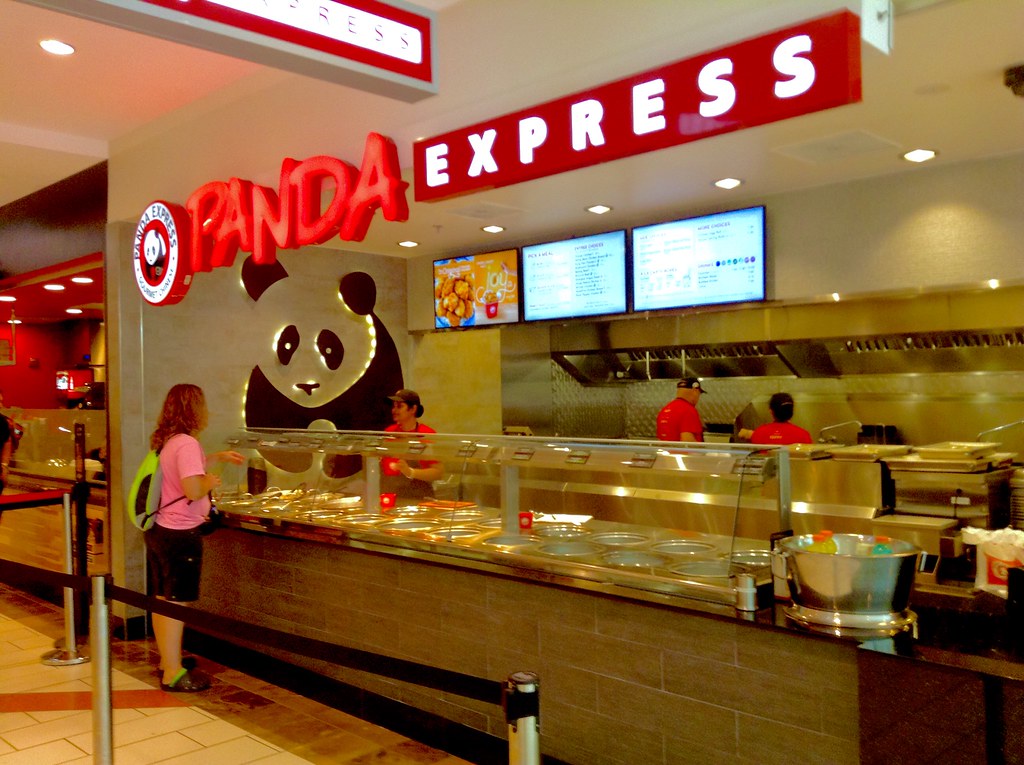
12. **Panda Express’s Community Connection: Bridging Familiarity with Local Engagement**Panda Express, a chain traditionally ubiquitous in malls and airports, is likewise making significant inroads into smaller American cities, illustrating the broad appeal of the rural expansion strategy. Recent openings, such as in Auburn, Indiana, a town of 12,000 situated near Interstate 69, signify its commitment to reaching “under-penetrated markets,” including a substantial number of small towns across the U.S., as stated by Fabiola Del Rio, a spokesperson for Panda Group.
Panda Express holds a distinct advantage over some of its fast-casual counterparts, particularly Cava, when entering these new markets: a general familiarity with American Chinese comfort food. Dishes like General Tso’s Chicken and egg rolls are often already known to small-town residents, which can significantly ease the acceptance process. Del Rio highlights that this “untapped potential in smaller towns allows us to introduce our American Chinese comfort food to new audiences who may not have had easy access to our offerings before,” filling a genuine void.
However, expanding into smaller towns presents unique challenges and opportunities for established brands like Panda Express, distinct from those encountered in larger urban centers. While the brand enjoys strong recognition in metropolitan areas, there is an acknowledged need for increased community engagement in smaller locales. To build stronger relationships and ensure seamless integration, Panda Express prioritizes outreach and active involvement with local chambers of commerce and philanthropic organizations.
This commitment to local engagement means the chain focuses on connecting with guests on a more personal level. By understanding their specific preferences and tailoring community-based programs to meet local needs, Panda Express aims to deliver a different, more personalized level of service. This strategy fosters a deeper connection with the community, ensuring that its expansion is not just about bringing new food, but also about becoming a valued part of the local social fabric.
As the sun sets on the traditional dining landscape, a new dawn breaks over America’s small towns. The journey into these renewed frontiers is a tapestry woven with stories of local triumph, strategic foresight from industry giants, and an evolving dialogue between economic ambition and community character. Whether it’s the steadfast resistance of a local eatery in Mattoon, the health-driven innovations of Chipotle and Cava, or the community-focused approach of Panda Express, the future of food in rural America is undoubtedly dynamic, diverse, and deliciously intriguing. The days of limited culinary options are steadily fading, replaced by a vibrant marketplace where communities, both big and small, are increasingly spoiled for choice, eagerly awaiting the next flavor that will grace their local main street.


